Houseplant Week: A guide to bringing the outdoors in, according to experts
From cheese to snake plants, go for green in lockdown 3.0 with these picks from the botanists who know best
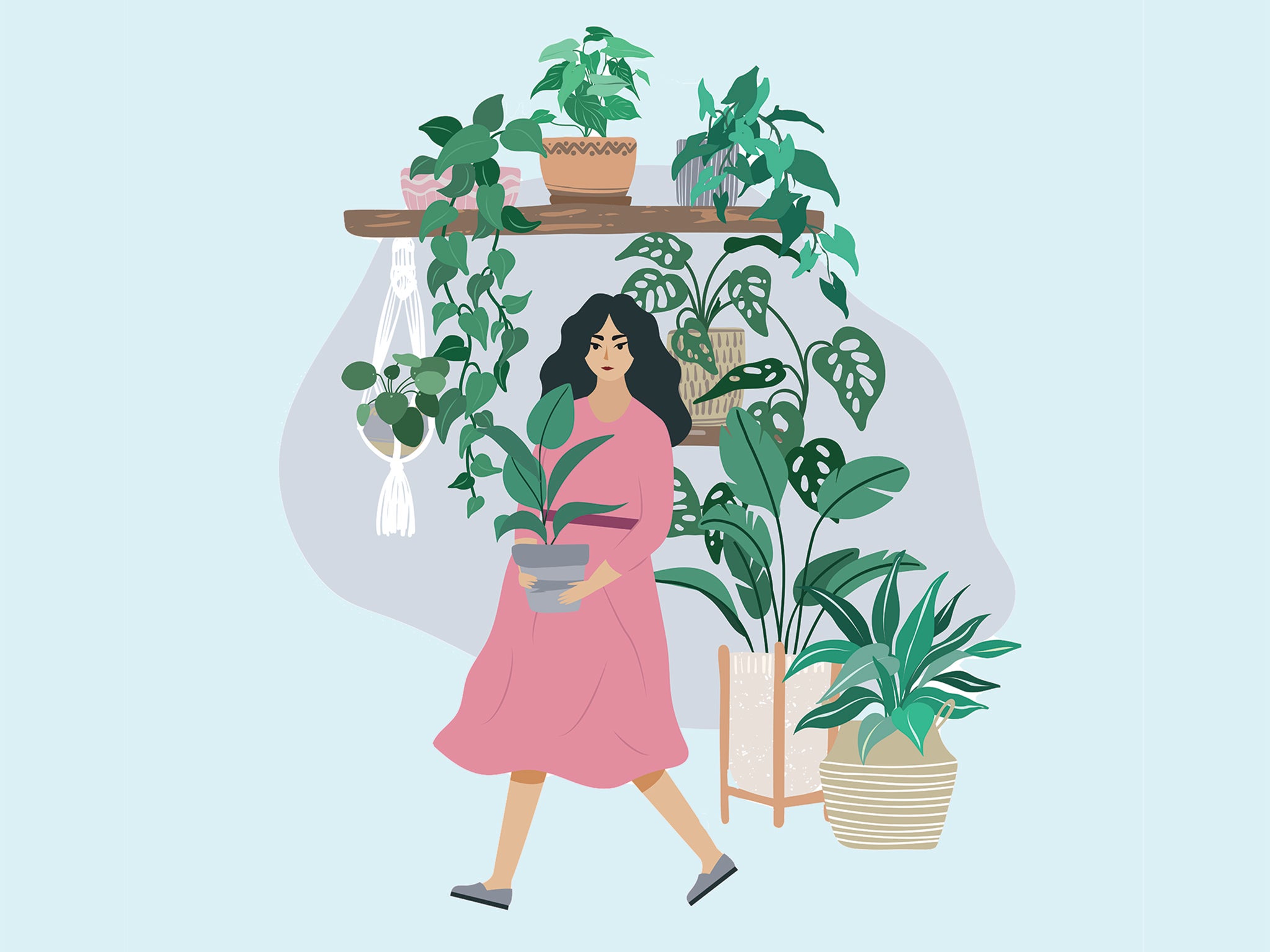
Your support helps us to tell the story
From reproductive rights to climate change to Big Tech, The Independent is on the ground when the story is developing. Whether it's investigating the financials of Elon Musk's pro-Trump PAC or producing our latest documentary, 'The A Word', which shines a light on the American women fighting for reproductive rights, we know how important it is to parse out the facts from the messaging.
At such a critical moment in US history, we need reporters on the ground. Your donation allows us to keep sending journalists to speak to both sides of the story.
The Independent is trusted by Americans across the entire political spectrum. And unlike many other quality news outlets, we choose not to lock Americans out of our reporting and analysis with paywalls. We believe quality journalism should be available to everyone, paid for by those who can afford it.
Your support makes all the difference.To honour houseplants in all their glory, #HouseplantWeekUK – celebrated in the second week in January – was developed to shine a light on how indoor gardening can not only enhance your décor but also lift your mood.
The benefits of bringing the outdoors in are aplenty. “Greenery makes homes look nicer, and the presence of plants has been shown to improve well-being, not to mention the beneficial aspects of tending for them,” notes Guy Barter, chief horticulturist at the Royal Horticultural Society (RHS).
According to research, houseplants have the ability to improve your mood, reduce stress levels and increase productivity. Similarly, the physical benefits of indoor plants have been shown to reduce blood pressure, fatigue and headaches.
Owing to the ongoing pandemic, houseplants have offered an opportunity for people to experience horticultural benefits when they’ve been unable to leave their homes.
But, if you’re just starting out on your plant parenthood journey, there are a few important conditions to consider when selecting the greenery for your home. “Does your space have lots of light or no light? Is it cold, warm or humid?” asks Mercy Morris, houseplant specialist and founder of HomePlants. The conditions of each space will no doubt determine how well a plant lives.
As such, in order to help you navigate the growing world of greenery and celebrate Houseplant Week, we spoke to the experts on the plants they’d recommend for each room type – from low-lit rooms to humid spaces – and how you can best care for them, as well as guidance on re-potting. So, here’s how to go green for lockdown 3.0.
You can trust our independent round-ups. We may earn commission from some of the retailers, but we never allow this to influence selections, which are formed from real-world testing and expert advice. This revenue helps to fund journalism across The Independent.
Low-lit rooms
“Even if your space isn’t blessed with lots of natural light, it doesn't mean you need to abandon your dreams of green,” Richard Cheshire and Richard Hull, plant doctors at Patch Plants, told The Independent. Reassuring words if you’re looking to fill the shady indoor spaces of your home.
If you’re searching for the right plant for a dark room, they recommend turning to an aspidistra (Patch Plants, from £20). Nicknamed the cast iron plant, it’s nearly indestructible and can handle reasonable neglect, which may be why it’s been such a popular houseplant since the Victorian era, noted Cheshire and Hull.
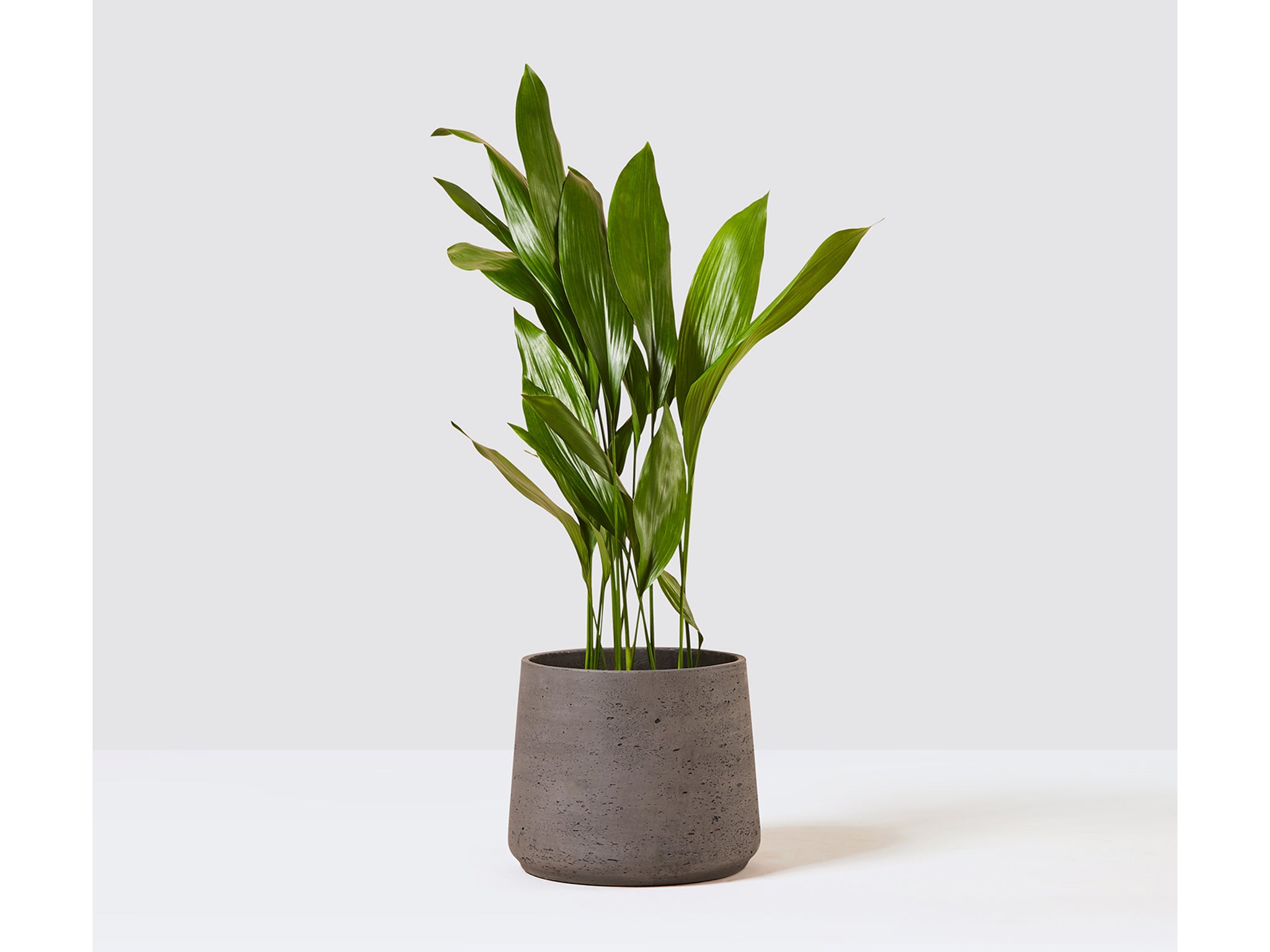
While this is possibly the most fuss-free plant you could ask for, keep an eye on the top two inches of soil to see if they are dry – if so, give it a light watering.
Similarly, to keep the leaves green, it’s a good idea to give it a mist (Etsy, £7) every few days and wipe the leaves occasionally to keep them free of dust.
While David Domoney, chartered horticulturist, TV presenter and author of forthcoming bookMy House Plant Changed My Life(Amazon, £8.19) recommended a yucca elephantipes (Bloombox, £16).

Owing to its upright structure, it’ll make a statement in a slightly shaded spot, said Domoney. He also recommended a dracaena marginata(Hortology, from £29.99), which are “popular for good reason as they are quite low maintenance and are tolerant of many conditions”.
While Katie Cooper, founder of Bloombox Club, recommends a calathea (Bloombox, £18) for low-lit rooms. "It can be fussy if not given the correct care, but as they grow on the rainforest floor, they're used to filtered light,” she notes.
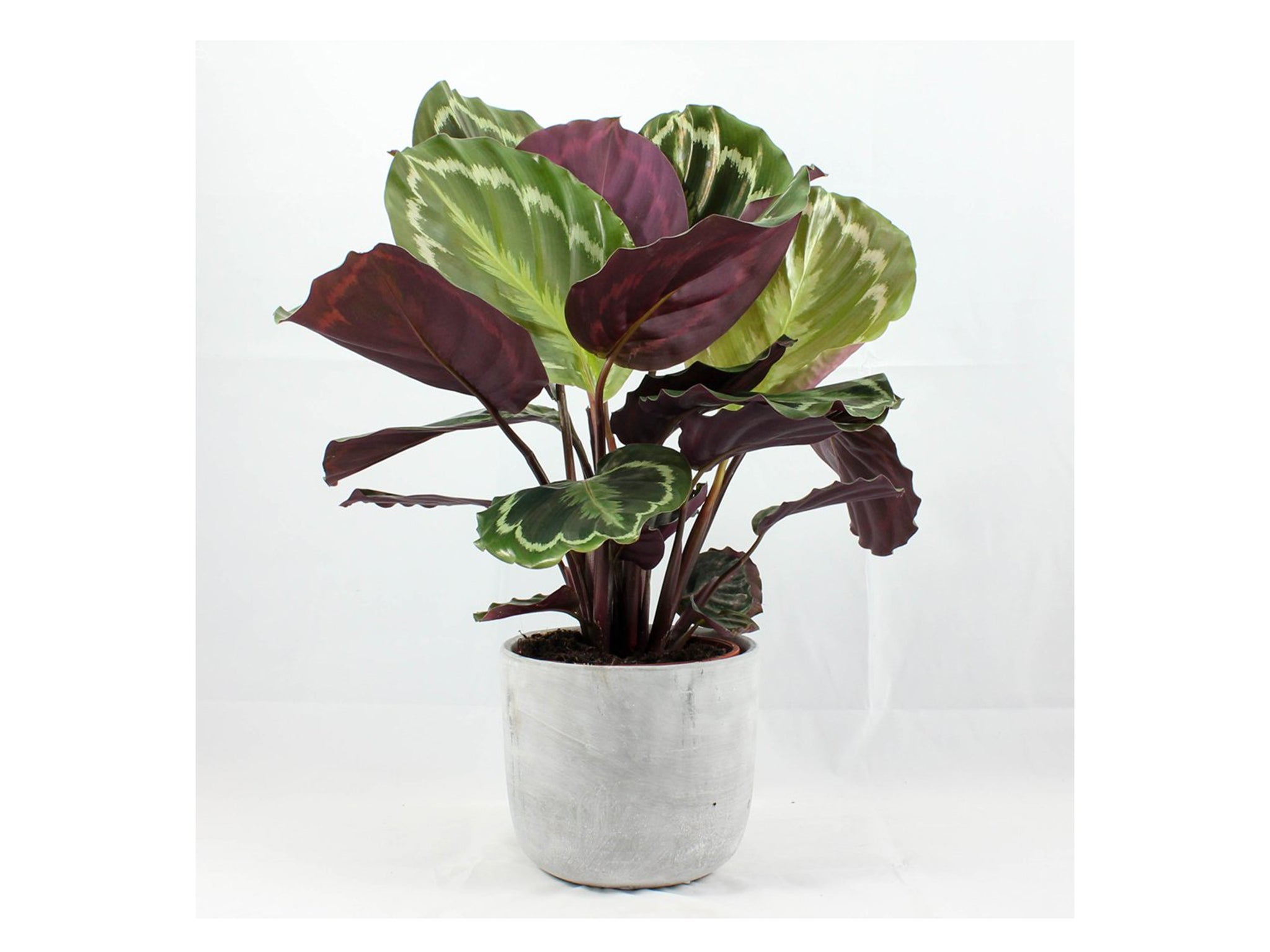
Wait for the top 2cm to 5cm of soil to dry out between waterings, which will be roughly every seven days in summer and 10 days in winter. Similarly, it likes humidity, so mist it once every few days with a spray bottle (Amazon, £7.95).
Another great option for low-lit spaces is devil’s ivy (The Watered Garden, from £10), says Becca Turner, owner of houseplant shop The Watered Garden.
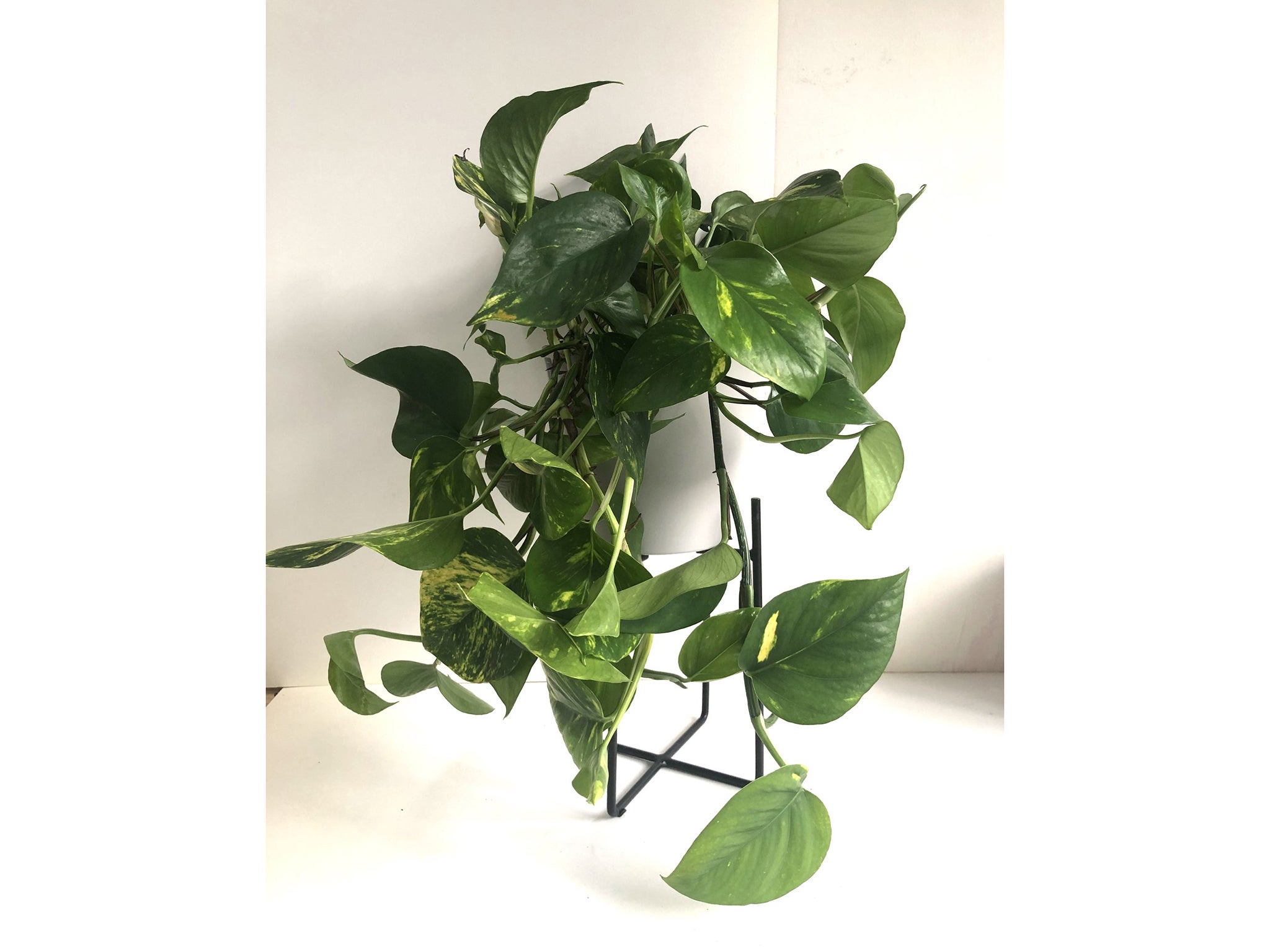
As a pretty hardy plant, they “provide a beautiful green foliage and are super easy to care for”, she says. If given the correct care – notably kept away from direct sun and watered frequently to make sure the soil is moist but not soggy – it should grow to around 7ft long.
If you opt for a devil’s ivy, pair it with this amandi rattan storage stand (Rose & Grey, £99.95) which landed a spot in our guide to the best indoor plant stands. Our reviewer suggested you should style it with a trailing plant, allowing leaves to spill over the top.
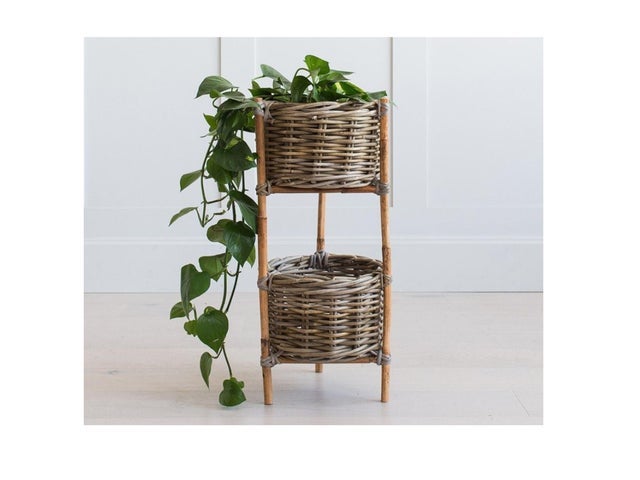
Adding that the two-tier storage stand brings a handmade, rustic feel to your space, and ticks off one of the top interior trends: rattan.
Brighter spaces
While many plants come from jungle regions, where the tree canopy filters sunlight, some plants need ample sunshine to allow them to thrive. So, if you’re looking to bring greenery into a bright room, these are the plants you should reach for.
Alys Dobbie, founder of Between Two Thorns, recommends an opuntia rubescens (Between Two Thorns, £15) since cacti require “zero maintenance and thrive on neglect”.
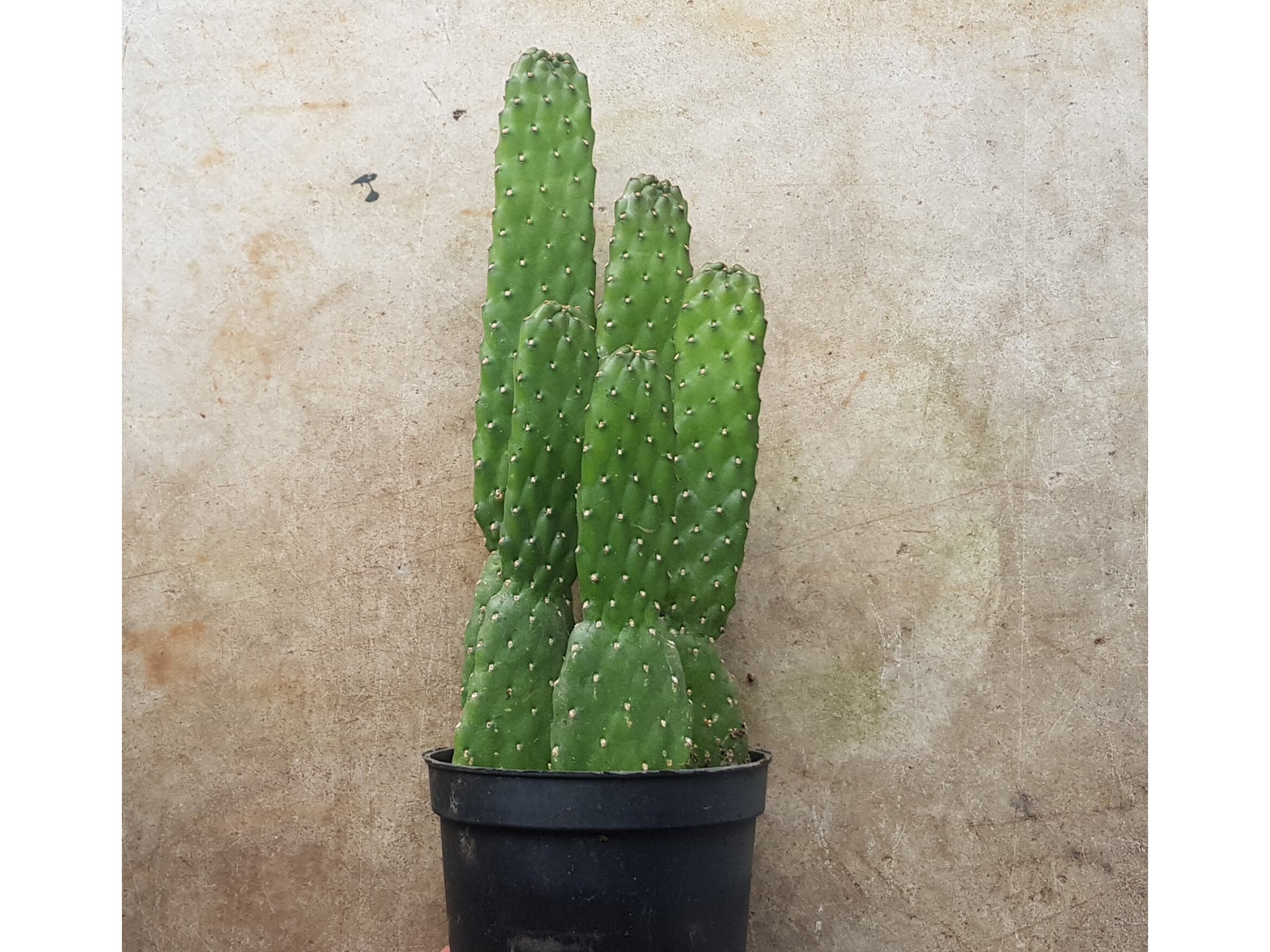
This particular plant can grow very tall indoors, and as with all desert cacti, it will need a bright sunny spot, particularly during winter months. And a top tip when it comes to caring for it, over-watering is a big killer of cacti, so only water when all of the soil has dried out.
If you like the idea of a cactus, this desert candle cactus (Ikea, £45) landed a spot in our review of the best house plants, with our tester noting that this is the one for you if “if you want to make a statement without putting any effort in”.
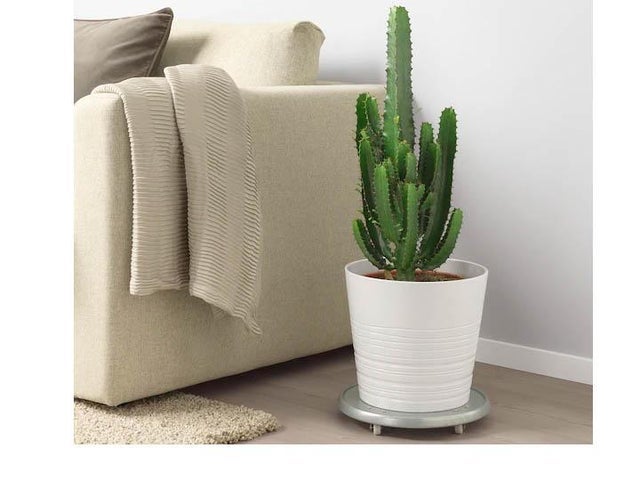
“The euphorbia acrurensis needs a bright spot and the occasional clean (dust isn’t good for it, but steer clear of the spikes), but otherwise leave the soil to completely dry out between waterings,” she said.
If you’re looking for something a little more leafy, this monstera minima (Canopy Plants, from £20) took the top spot in our guide to the best house plants.
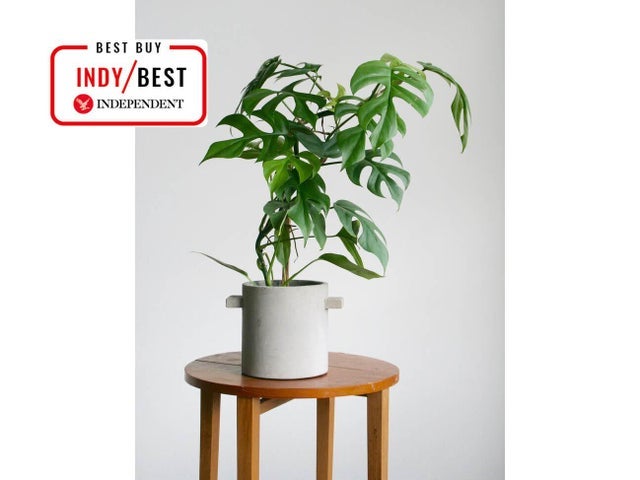
“Easy to care for, fast-growing and a great house plant for beginners”, wrote our reviewer. It favours a spot that will get some sun and a little shade, and it needs watering weekly. While it grows sideways, you can train it to grow up a bamboo cane or down from a bookcase or shelf.
Another great choice for rooms with indirect light are ferns, of which James Whiting, retail manager at In-Tray Plants recommends an asplenium fern (In-Tray Plants, £6).
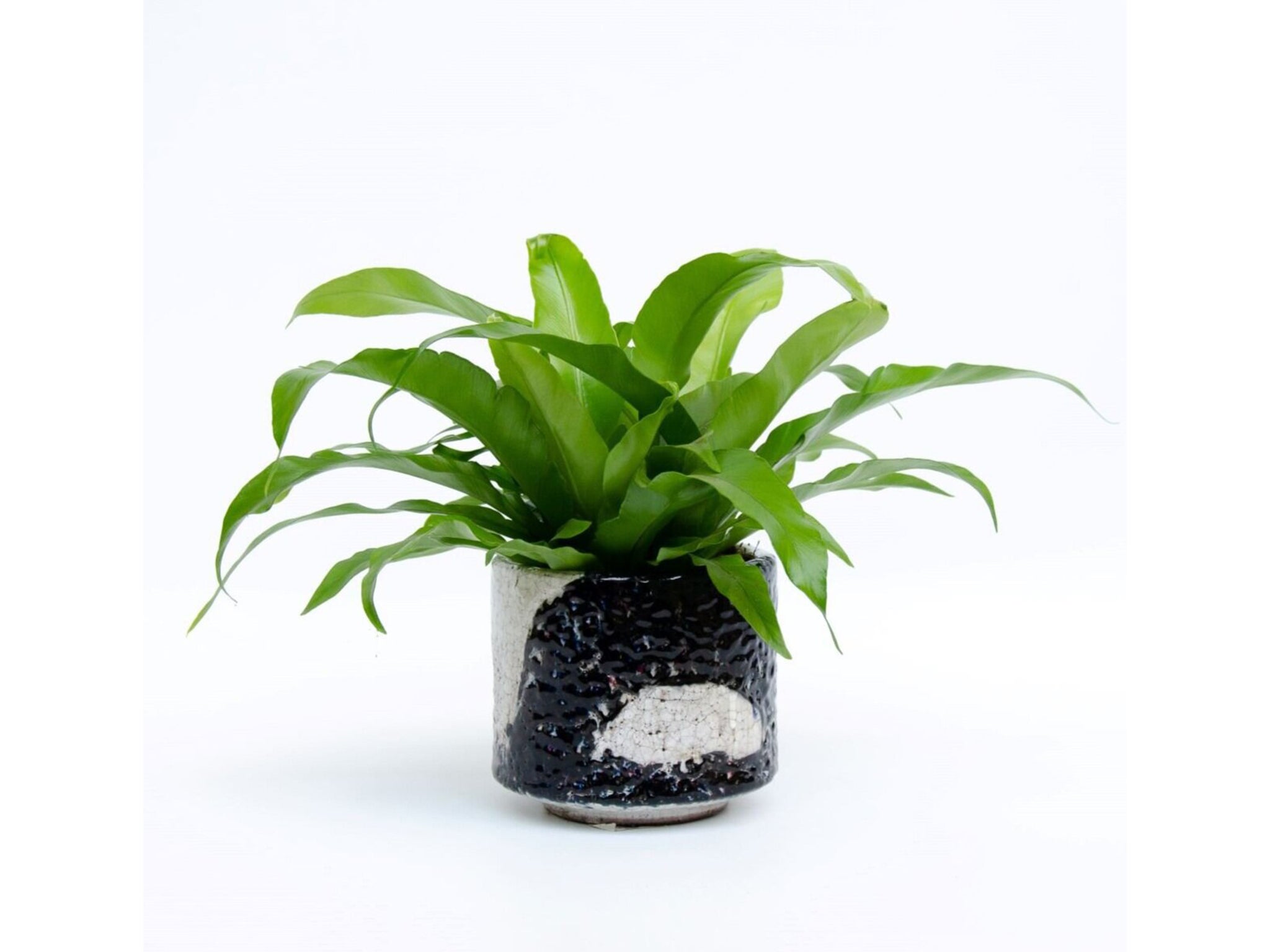
“As a versatile plant, it’s easy to care for, however if it is left too long without water the leaves will lose their vibrant green colour and begin to wilt, but a soak will soon revive them”, advises Whiting. Domoney also recommended this plant for lower-lit locations, noting its preference for a humid environment.
Finally, a “fiddle leaf fig loves bright indirect light, they’ll thrive in a bright spot and will grow more of their characteristic paddle-shaped leaves with the right care," notes Morag Hill, co-founder of The Little Botanical.
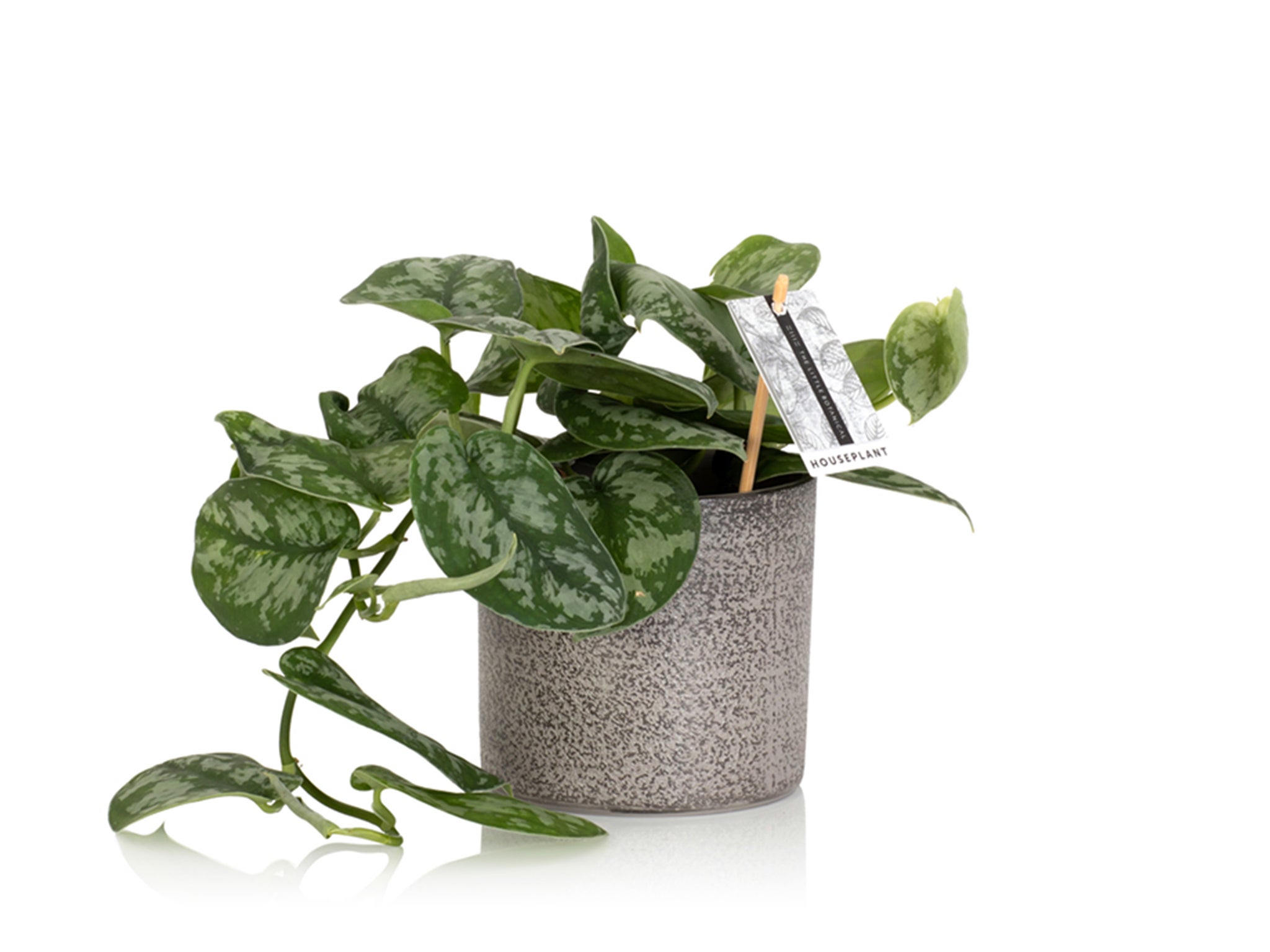
"Just be careful they don’t get sunburnt in the height of summer,” she added.
Plants for differing room temperatures
“As house plants mostly originate from tropical climes, you would think that a hot room at home is ideal for most. However, they actually really suffer in dry, centrally heated rooms as the tropics are much more humid than here in the UK,” notes James Whiting, retail manager at In-Tray Plants.
“Sansevieria are the perfect choice for a warm room as they require much less moisture and can last for weeks and weeks without being watered due to their fleshy leaves storing the moisture that they require – so no need to create a humid home for them.”

Whiting’s favourite? This sansevieria moonshine (In-Tray Plants, £18). Owing to its metallic leaves, it looks great “against most home décor styles and is a more contemporary choice than the retro green and yellow varieties that you see in homes and offices all around the world,” he says.
As for cold spaces, “there are several house plant species that can tolerate a colder, draughtier room if they have to, providing that they are getting natural daylight,” Whiting added.
Turn to an aglaonema Chinese evergreen (In-Tray Plants, £10) if your space is on the chillier side. “They have lush, tropical-looking leaves unlike many of the tougher houseplant options available”

When it comes to caring for the Chinese evergreen, make sure to wait until the top one to two inches of soil have dried out before watering, and mist and dust the leaves regularly.
If you’re looking to add a pop of green to a humid room, ferns are a must-have. “Nephrolepis exaltata(Primrose, £16.99) are great to display in a hanging basket in a bathroom. Their bright green fronds will without a doubt soften and add calmness to the room,” advises Domoney.
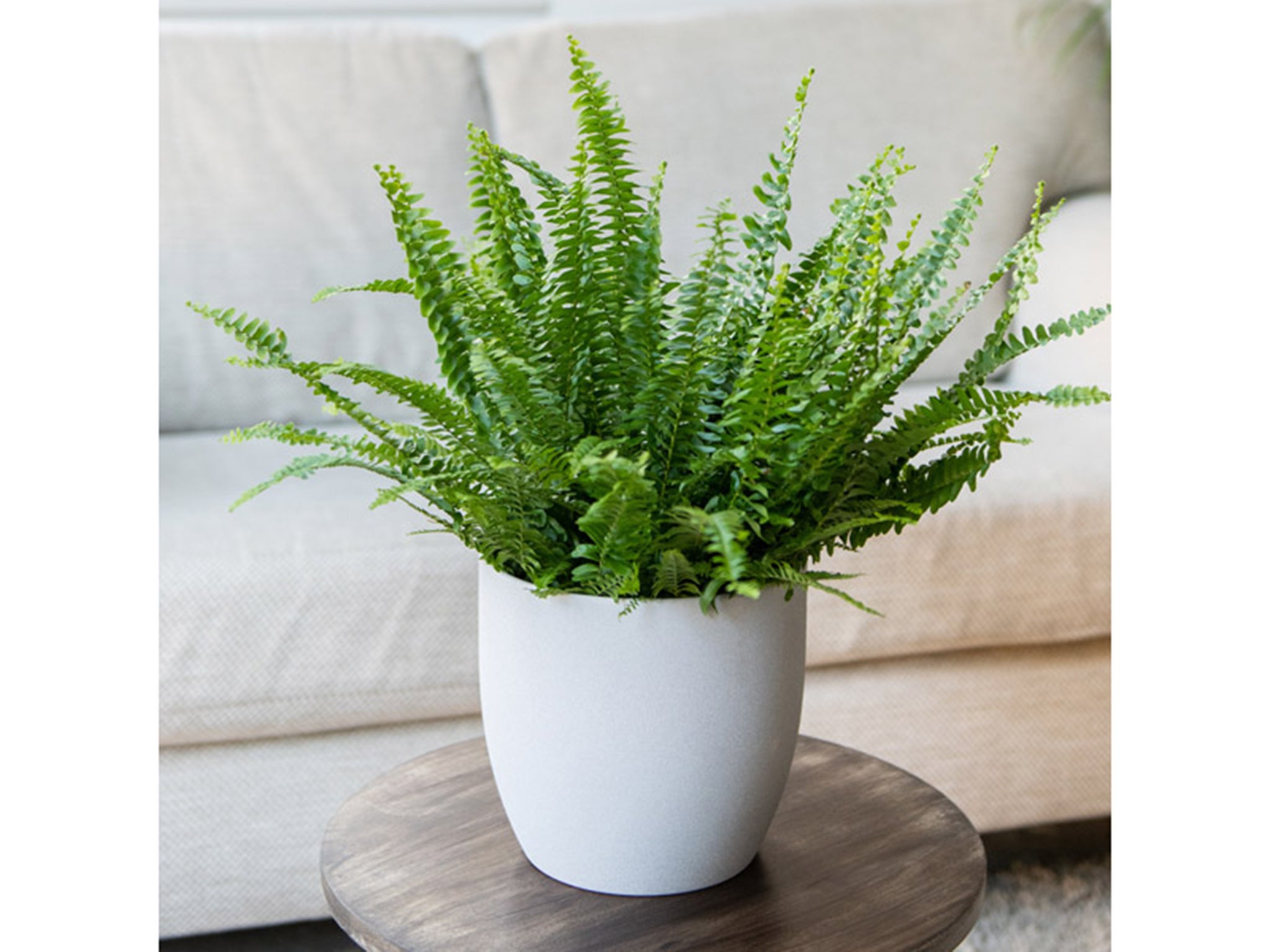
Keep it happy by placing in an area of medium shade and away from direct sunlight, and water a few times a week. "Orchids are another pick for a humid room," notes Domoney. He recommends a phalaenopsis orchid (Prestige Flowers, £24.99), as it is native to tropic regions, so it enjoys high humidity.
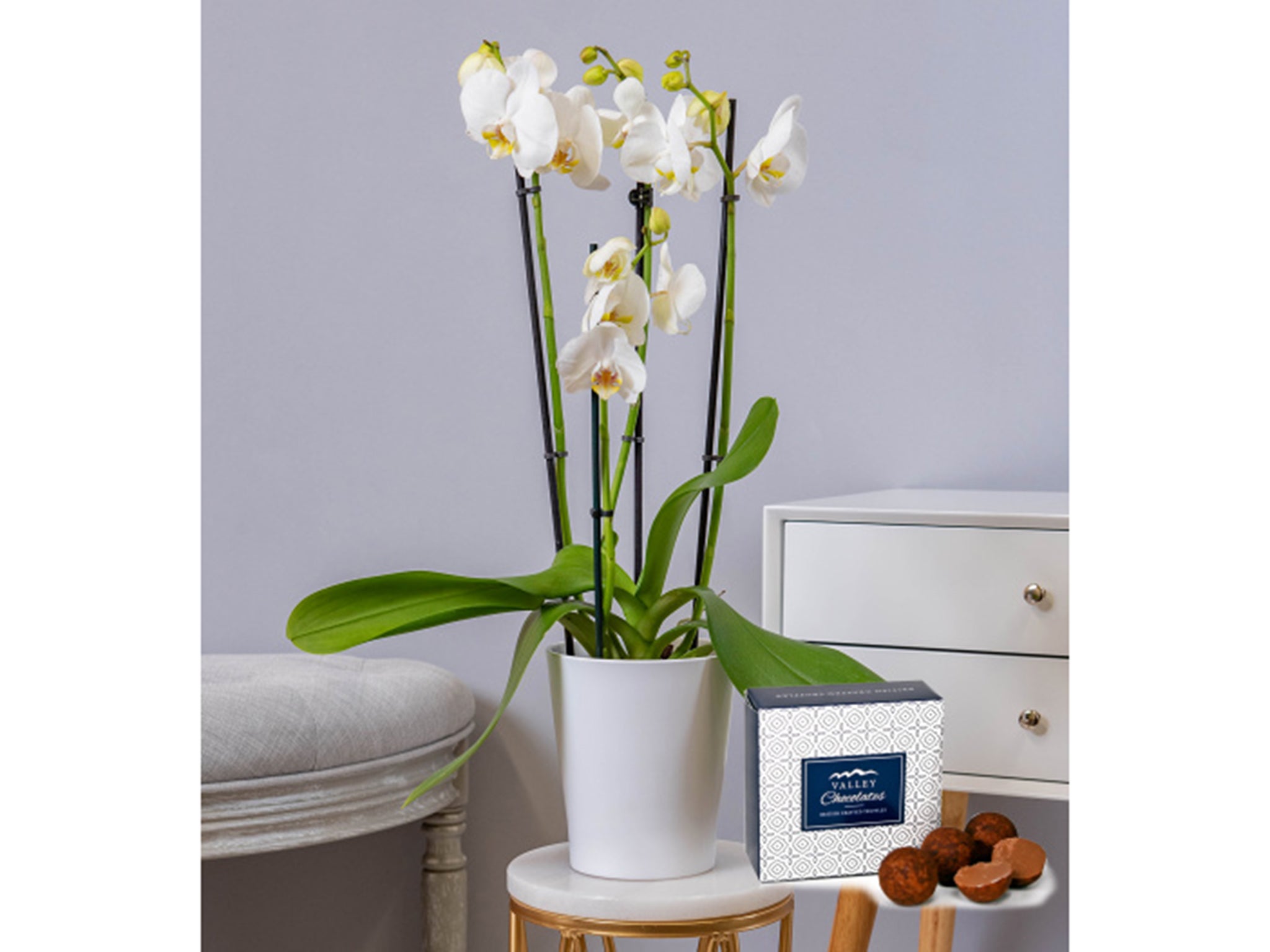
To make sure you get the most out of it, make sure it has access to good light levels in the winter and move to a shadier spot in the summer, protecting from direct sunlight. When it comes to watering, do so regularly throughout the growing season and reduce slightly in the winter months, misting lightly in summer.
Desk-friendly plants
For some, after 10 months of working from home, chances are your office is starting to feel a little samey. “A home office needs to be a pleasant space where you can be productive and maybe creative too. Try a little aromatherapy to destress you while you work,” Domoney says.
His suggestion is a stephanotis floribunda (Etsy, £14.99) because “they have fragrant flowers in the growing season that will keep you company while you work. Even when they aren’t in flower, the glossy leaves are a beautiful show to bring nature indoors.”
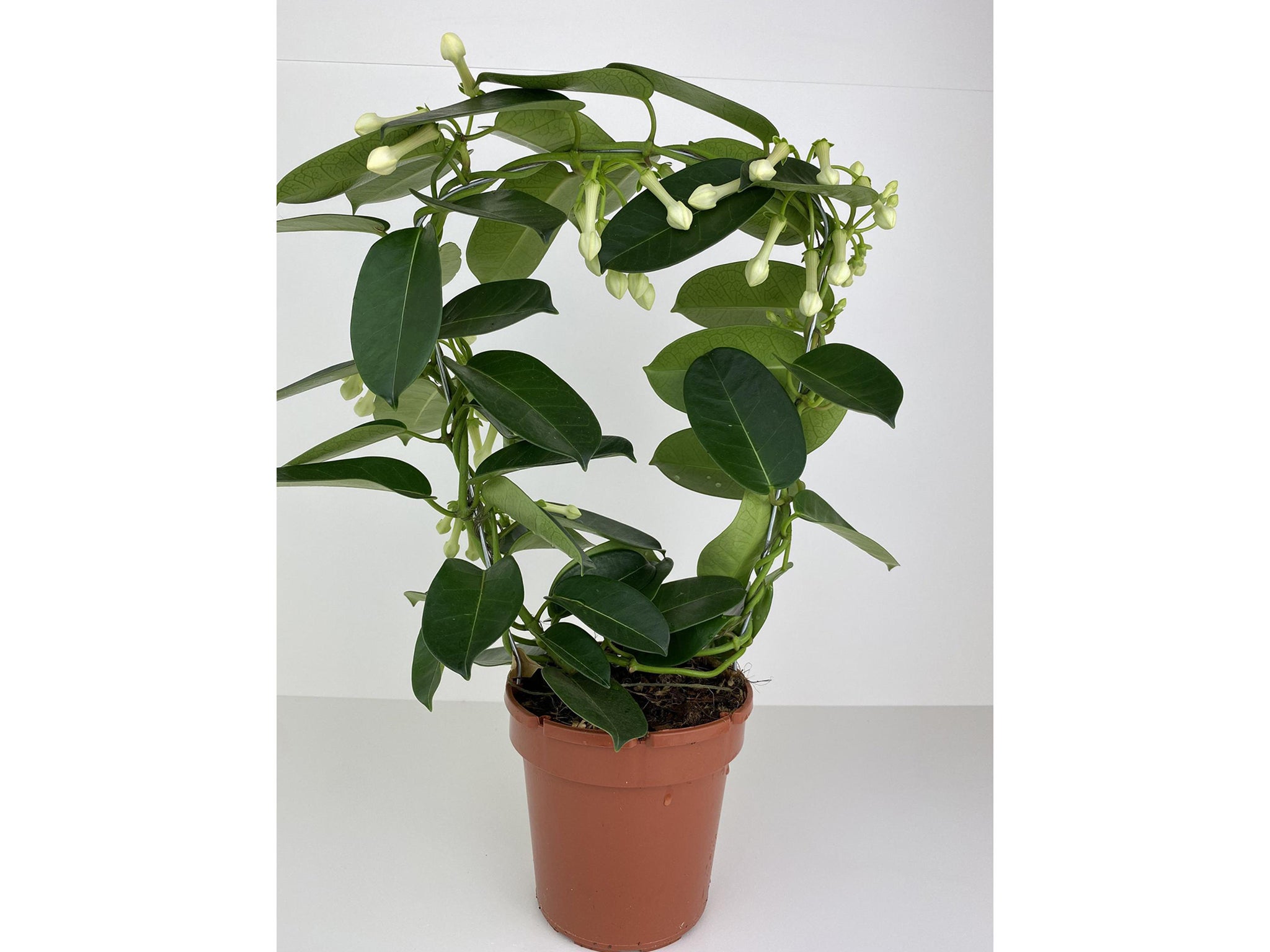
To care for it, water regularly during flowering (from May to October) and keep in a warm, light room. Little pruning is required, but it’s recommended that you pot anally in April until the plant is in a 20cm-22.5cm pot, at which point you can re-pot every three years.
“Another favourite office plant is the crassula (Etsy, £12.99) commonly known as the money tree as it is believed to bring good fortune to the owner,” Domoney explains.
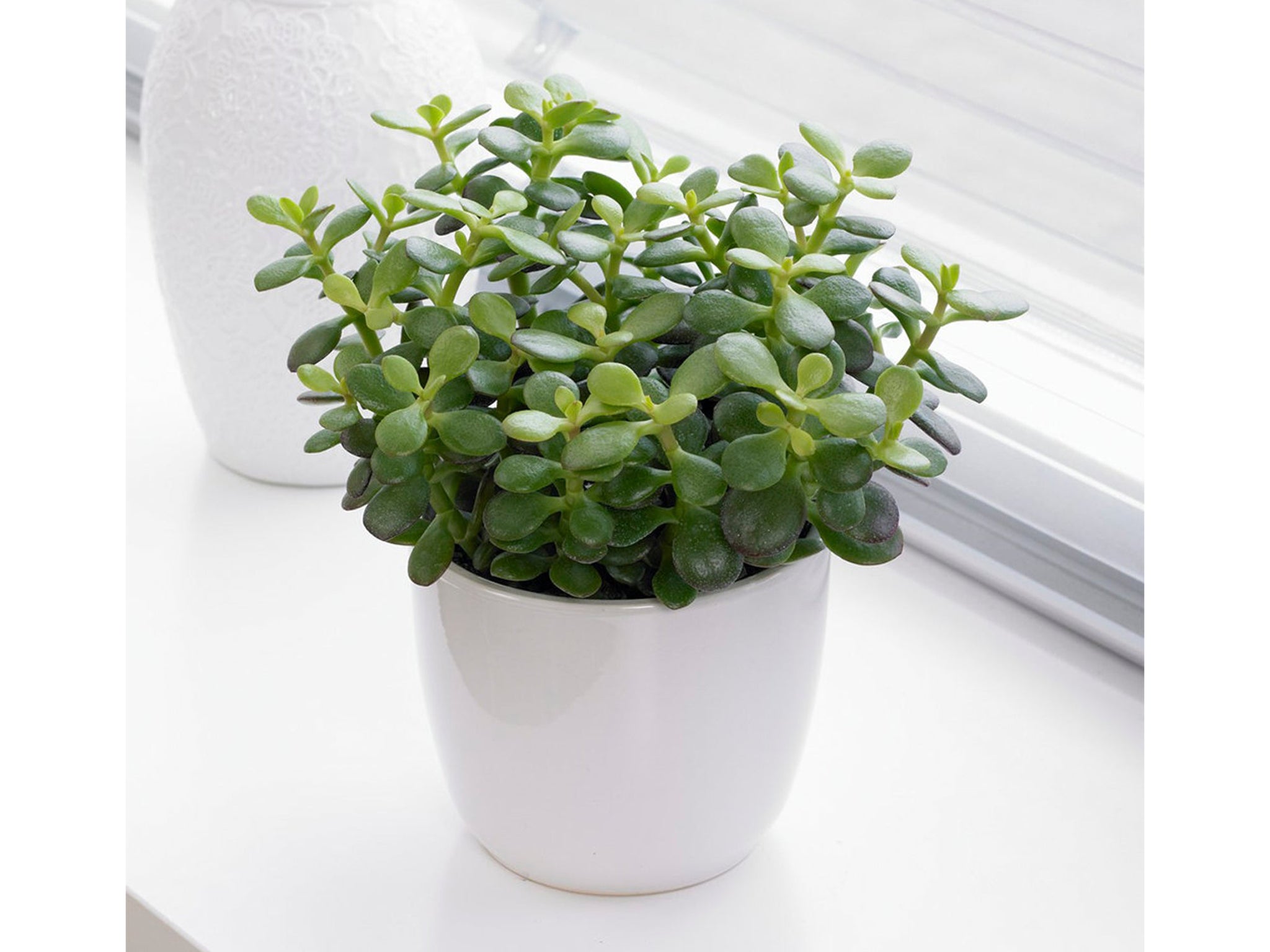
As a lively succulent, it’s a very hardy plant but has three requirements for a healthy long life: frequent watering, plenty of light and humidity. For the latter, make sure you have a spray bottle (Amazon, £7.95) on hand for regular misting.
Re-potting tips
When it comes to repotting your plant, it can be difficult to know the best time to do it, but Cheshire and Hull tell The Independent that it’ll need to be repotted if “roots are growing through the drainage holes at the bottom of the nursery pot; roots are pushing the plant up and out of the pot; the plant is growing slower than usual; or if the plant dries out quicker than usual, meaning you are needing to water more frequently."
It is important to remember that every plant is different and some plants like a zamioculcas zamiifolia (Patch Plants, from £8) prefer their roots to be very compact, whereas the others will suffer from overcrowding, Cheshire and Hull add.
If your plant is ready to be re-potted, Cheshire and Hull suggest you take the following steps to make sure it’s a success:
- Prepare the plantRemove old compost from the plant, taking as much as you can off without scraping the roots. Loosen up the roots a little too, this will help the plant become accustomed to his new home and grow into the new soil
- Choose a suitable potOnly move the plant into a pot that is a couple of inches deeper or wider than the original. It’s also essential to choose a pot with draining holes.
- Re-potting the plantIn order to re-plant, you’ll want to mix one third draining material, such as gravel or pearlite, with two-thirds house plant potting mix (Homebase, £5.95). Put another layer of soil over the roots so that they are fully immersed. If the new compost already feels damp, don’t water. But, if it feels too dry, water the plant so that excess water runs out through the bottom of the pot, or is damp to the touch if your pot doesn’t have drainage holes.
We featured this wooden plant stand (Patch Plants, from £38) in our guide to the best indoor plant stands, with our reviewer noting that the big size (30cm) is best suited for rubber plants or a monstera.
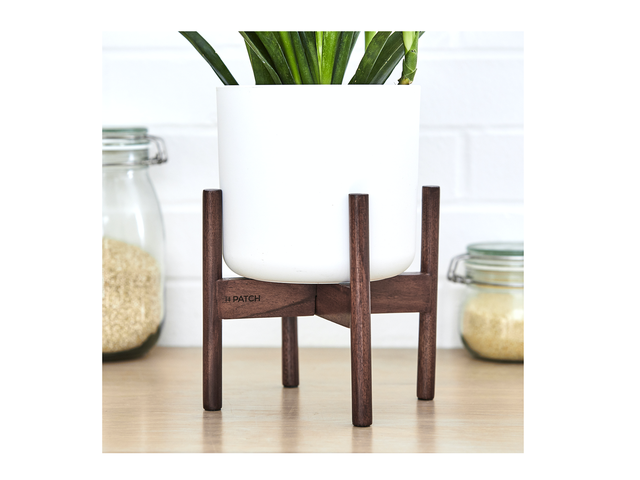
“The handcrafted, acacia wood brings a lustrous, jungle colour to your space,” praised our tester. And the contrasting white pot is bound to make your plants stand out.
As some final words of advice, Whiting says: “Don’t be afraid to make mistakes and don’t be too precious with your first plants."
“The most common killer of plants in the home is too much love – treat your plants like stroppy teenagers that need their own space to do their own thing,” he adds.
“Water when your plant needs it rather than sticking to a set schedule or once a week, for example. Our ‘go-to’ tip is to stick your finger into the soil, if it’s damp leave it alone and check again in a few days; if it’s completely dry, water it. Simple!”
For more indoor greenery inspiration, read our review of the best indoor house plants


